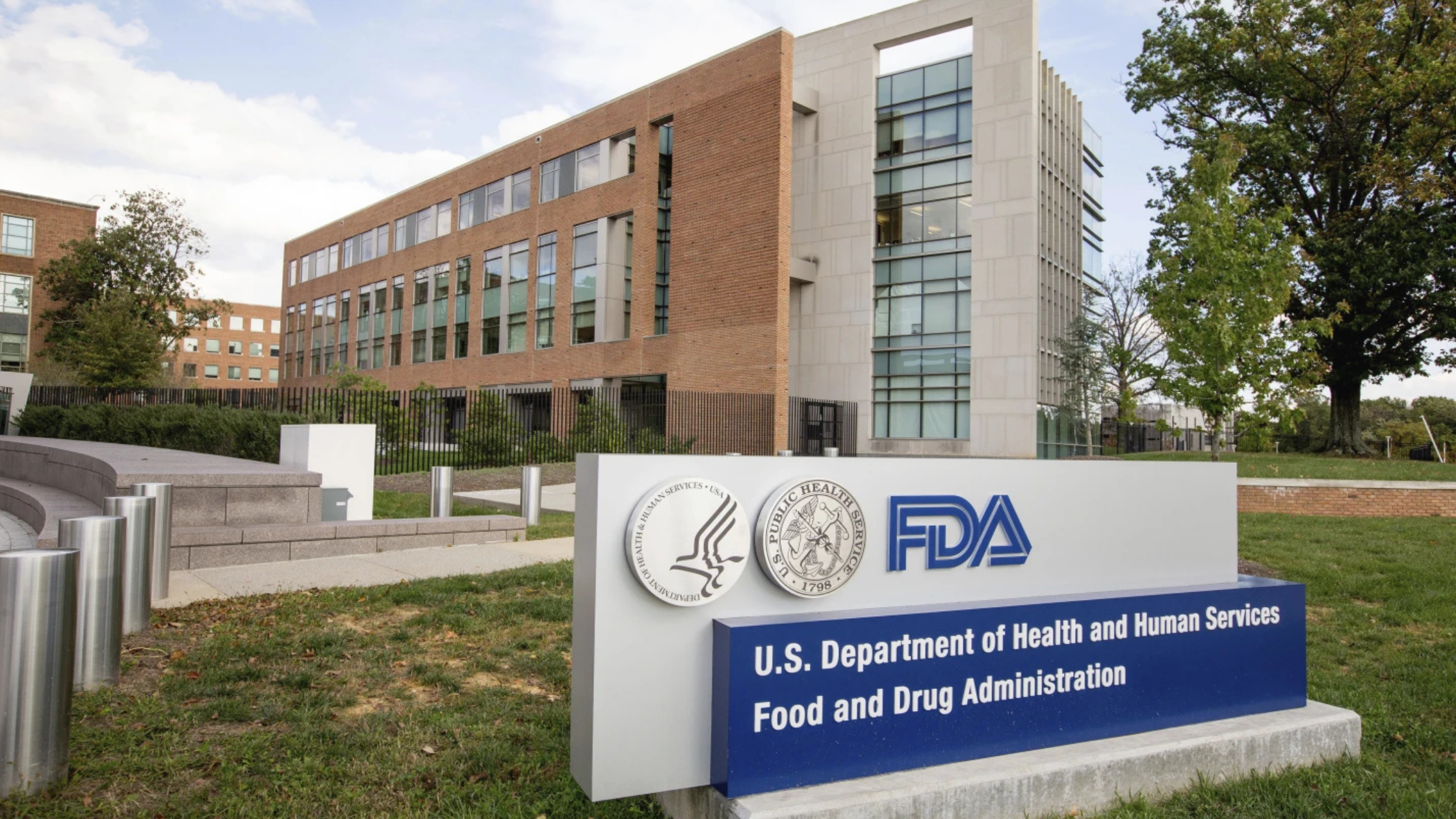The COVID vaccine myocarditis warning has recently taken center stage after the FDA mandated updated labels on the Pfizer and Moderna mRNA shots. With concerns focused on heart inflammation in younger males, this article delivers a thorough, human‑tone exploration of the issue, examining new data, expert opinions, and how this impacts vaccine guidance.
What the FDA Label Change Means
In June 2025, the FDA required Pfizer’s Comirnaty and Moderna’s Spikevax to update warning labels, adding clear data on myocarditis/pericarditis risks following 2023–24 vaccinations.
- Incidence statistics: Approximately 8 cases per million for recipients aged 6 months to 64 years. Among males aged 12–24, the risk rises to 27 cases per million.
- Label clarity: The updated wording now includes risk figures in both the “Adverse Reactions” and “Information for Recipients” sections, noting a peak in young males.
How This Compares With COVID‑19 Infection Risk
It’s essential to compare vaccine risk to infection risk:
- A U.S. study found that while mRNA vaccines have rare heart inflammation cases, COVID‑19 infection itself carries a significantly higher myocarditis risk.
- In England, 43 million people showed myocarditis risk 11× higher after SARS‑CoV‑2 infection compared to post‑vaccine, a critical comparison that must inform vaccination decisions.
Symptoms, Diagnosis & Treatment
According to the CDC, myocarditis symptoms typically appear within a week after the second dose and include:
- Chest pain
- Shortness of breath
- Palpitations
- For young children: irritability, vomiting, or fast breathing cdc.gov.
Clinical management often includes ECG, troponin levels, and anti-inflammatory medications. Fortunately, most cases resolve quickly, and long-term outcomes appear favorable.
Who’s Most at Risk—and Why
Demographically, the highest risk lies with adolescent and young adult males:
- Incidence: 27 per million in males 12–24, compared to ~8 per million generally.
- Studies indicate a higher targeted risk (up to 97 per million) after Moderna’s second dose in young men.
- A recent GWAS found genetic links—SNPs near SCAF11 and LRRC4C—correlated to myocarditis after vaccination. Emerging research may enable personalized risk prediction in the future.
Balancing Benefits Versus Risks
Despite updates, the key context is indispensable:
- Myocarditis rates post-infection remain significantly higher than vaccine-related cases.
- WHO estimates vaccines saved ~1.4 million lives in Europe and reduced COVID mortality by 57%.
- CDC, Yale Medicine, and other health experts unanimously affirm that the benefits outweigh the risks.
Still, researchers argue we should refine who’s at risk—by age, sex, genetics—to make vaccines even safer.
Recommendations for Patients & Providers
To best safeguard public health, here are updated practices and advice:
- Stay informed: Providers should monitor VAERS but also interpret its raw data cautiously.
- Know the symptoms: Anyone experiencing chest discomfort, breathlessness, or palpitations post-vaccination (especially under 25) should seek immediate evaluation.
- Choose the right vaccine: For young men concerned about myocarditis, providers might consider opting for Pfizer over Moderna or adjusting dose intervals.
- Transparent labeling: The FDA’s updates empower both patients and doctors to make informed choices.
- Ongoing research: Genetic studies may soon enable personalized vaccination strategies, reducing risks further.
Conclusion
The FDA’s updated myocarditis warning for mRNA COVID vaccines marks a positive step toward transparent health communication and enhanced vigilance.
- While rare, the risk is notable among males aged 12–24.
- However, COVID‑19 infection itself poses a far greater threat to heart health.
- The data reaffirm that mRNA vaccines remain a foundational defense, saving lives and dramatically reducing complications.
- With evolving research, we’re moving toward personalized vaccine guidance, making protection safer and smarter.
Subscribe to trusted news sites like USnewsSphere.com for continuous updates.





